|
Our Hakka gongfu training requires the carrying of heavyweights upon our backs. This represents the hilly terrain the Hakka people lived within throughout the New Territories, Hong Kong. Hakka Clan villages, especially by the 20th century, were often re-constructed upon the top of various hills situated in prominent good (feng shui) positions. The bones must be kept strong for building good health and ensuring longevity. Strong bones allow the bodyweight to drop down through the centre of the bone-marrow into the floor (creating a strong 'root') - and facilitates the rebounding force which is distributed (throughout the skeletal-system) to the striking part of the anatomy - be it a hand, foot, elbow, knee, fore-head or torso, etc. The Hakka people moved into the Guangdong area (that became the 'New Territories' under the British in the 1890s) in the mid-1600s - following the Manchurian invasion of China (which established the foreign 'Qing Dynasty' during 1644 CE). Our 'Chan' (陳) Clan (pronounced 'Chin' in the Hakka language and 'Chan' in the Cantonese language) originally settled at the base of a hill near the coast in the Sai Kung area. I think we probably originated somewhere in Henan province (like many other Hakka Clans that I have investigated). Younger people often carried older relatives on their backs (as part of the required filial piety) up and down the hills - to and from various areas. Chinese families reflect the government and vice versa. One reflects the other whilst the notion of Confucian 'respect' permeates the entire structure. This is true regardless of political system, era, religion or cultural orientation. Many Daoists and Buddhists are Vegetarian - because they respect animals and the environment. When working as farmers - Hakka people carried tools, goods and the products of harvests on their backs between long hours working in the rice fields with the Water Buffalos. The continuous repetition of hand and foot movements - and the standing postures for long hours in the wind and rain - condition the mind and body for genuine Hakka gongfu training. Although there is an 'Iron Ox' gongfu Style (different to our own) - the spirit of the Ox pervades all aspects of the Hakka gongfu styles! Even so, our Hakka Style embodies the spirit of the Bear! We can fighting crouching low - or stand high giving the impression that we are bigger than we actually are! Our developed musculature is like the Ox and the Bear in that it is large, rounded and tough! We can take a beating and still manifest our gongfu Style with ease! We do not go quietly into that dark night! The above video shows Hakka people de-husking rise - with the standing person practicing 'Free Stance, rootedness and knee-striking, etc, and the crouching person showing a low Horse Stance and position for 'Squat-Kicking', etc, whilst demonstrating dextrous hand movements often found in gongfu Forms. Of course, not all Hakka Styles are the same and there is much diversity throughout the Name Clans. Our Chan gongfu is Military-related and can be traced to the Qin Dynasty (221–206 BCE). I think there used to be a State Gongfu Manual (since lost) issued by the Qin Dynasty as part of the process of turning every village, town and city into a 'Barracks'. Guiding the ploughs through the water and mud at the back of the Water Buffalos reflected the leg, arm and torso positions found within the Hakka gongfu. How the Hakka farmers stood still, stepped forward and back - side to side, tensed and relaxed their muscles, used their eyes and ears, and produced power and learned to give-way - all manifested in the various Hakka gongfu Styles. On Occasion, the Ox is given the day-off and the local people take to 'pulling the plough'! Our Hakka Gongfu is 'Longfist' based. Whereas many Hakka Clans - following our defeat at the end of the Punti-Hakka Clan Wars (1854-1867 CE) - Hakka people were ethnically cleansed into small areas of Guangdong province. Around 20 million people had died in this terrible war (which included the separate but related Taiping Rebellion - a Hakka-led war - fought for different reasons). The original 'Northern' Hakka Styles were persecuted and viewed as the vehicle through which the Hakka people had made war in the South of China (the area they had migrated into). The Hakka are patriotic Han Chinese migrants who fled the foreign invasion of Northern China - but who were not wanted or welcome within Southern China. Since the 1949 Revolution - things are very different today in China - as Hakka and non-Hakka now live side by side in harmony. When the various Hakka Clans 'shortened' the arm and leg movements of their gongfu Styles - to make these arts seem 'Cantonese' in origin - our Hakka Clan lived in a relatively remote area of South East Guangdong province and refused to do this. We practiced our 'Northern' Longfist martial arts in isolation and hid our gongfu in Temples grounds, behind walls and by practicing at night. Master Chan Tin Sang (1924-1993) fought and killed Imperial Japanese soldiers in the New Territories between 1941-1945 using our Hakka gongfu. Around 10,000 Hakka men, women and children were killed in this war fighting the modern Japanese soldiers using bare-hands and feet - and traditional weaponry. Many of our relatives were killed during this time. Master Chan Tin Sang came to the UK in 1956 - as a British Subject - to work for a better life, not because China is a bad place (it is not), but because life in the New Territories under British rule was continuously impoverished. Master Chan Tin Sang worked hard for 10-years before he earned enough money to bring his wife and two daughters to the UK (in 1966) - also as British Subjects. My Chinese relatives were NOT economic migrants, Asylum Seekers, or Refugees. My Chinese relatives do not follow Cults and are free-thinking individuals who are proud to be 'British' whilst supporting Mainland China's right to self-determinate - just like any Western country.
0 Comments
Japanese Karate-Do (General) - 'Mawashi-Uke' (廻し受け): Mawa (廻) = rotation, turning, rounded and circular, shi (し) = four-corners, all-areas and comprensive-cover U (受) = receive, meet, accept and stoically bear (suffer) Ke (け) = stratagem, plan, calculation and measure Okinawan Goju Ryu Karate-Do - 'Toro Gushi-Uke' (虎口受け): Toro Gushi (虎口) = literally 'Tiger-Mouth' envelopes the enemy - and closes inward from all-sides at once U (受) = receive, meet, accept and stoically bear (suffer) Ke (け) = stratagem, plan, calculation and measure Southern China Gongfu Equivalent: Double Butterfly Open-Palm = 双蝶掌 (Shuang Die Zhang) Okinawan Goju-Ryu 'condenses' many of these Southern Gongfu Movements for efficiency. Long stances are shortened whilst reaching arm-movements are brought closer to the body (perhaps adapted for practitioners spending long periods on boats). Many Hakka Gongfu Styles originating in the North progressed through this adaptation process in South China. Our Family Style did not - but virtually all the Clan Styles around our village did. Tora - Tiger - can also be pronounced 'Koko'. In Fujian this can be 'Ho Kho'. Sometimes, despite the literal interpretation of 'Tiger Mouth' - it is used in Chinese and Japanese texts to mean 'Jaws of Death! The Chinese text states that Goju Ryu is a genuine transmission of 'Nan Quan' (Southern Fist). 攻防一体虎口廻受 Attack and defence are integrated - the open tiger's mouth simultaneously envelopes and traps.
Our family style of Hakka Gongfu involves "Rucksack" running as both an "External" and an "Internal" practice method which builds muscle and joint power, bone strength, and psychological determination and indomitable spirt! As the pack weighs 56 lbs at its maximum weight (it can sometimes be raised to 76 lbs - but this is rare) - it is also a good indicator of developing and maintaining (skeletal) body-alignment - important for dropped body-weight and rebounding power found in the Internal method found in Taijiquan. When young, rucksack running is "External" - whilst for the older practitioner rucksack running becomes "Internal" - and has to be modified as a practice. Long distance running can be interspersed (or changed with) the shorter distances involved in circuits-training. Either way, the positive effects on the mind and body are absolutely the same: I have been pursuing a three-month circuit-training of five-days a week running three-time around the block (Monday-Friday) - carrying the 56 lbs pack. Running in urban environments is easier in one way as the surfaces tend to "flatter" than their "cross-country" (off-road) equivalents. However, running with a weighted rucksack is dangerous as when falling down the impact with the ground is magnified by the extra weight being carried. Falling upon grass, in mud or through water, for instance, is preferrable to falling upon concrete, as such a tumble "cushions" the fall. Yesterday (Monday), at around 830 am, I was slightly distracted whilst running over a broken piece of tarmacked pavement. This happened during the 66th run of my intended 70 - a training stint which will conclude this Friday (December 22nd, 2023). My legs were cut-out from beneath me and I fell onto my hands and knees - with the rucksack propelled upwards and over my right-shoulder. My palms soundly struck the pavement - saving me from a face injury - with my well-conditioned hands suffering no damage. Most the weight, however, entered the ground through my left-knee. My right-knee took about half as much impact. the friction (heat) between the surface-skin of my knees and the fabric of my running-trousers caused the surface-skin to "rub-off" - as can still be seen above. This is why I now have substantial knee-abrasions. A passing neighbour - who was astonished to see me tumble past him - stopped to help me up. This was not as easy as it might have looked - as I had to readjust the heavy pack, and rearrange my legs and knees to attempt an upward thrust from the ground in good order (from a kneeling on one-knee position). This I successfully achieved - thanking my Muslim neighbour for his truly caring attitude. This is why I replied "Peace to you - my friend"! I then reassumed my training - showing a "straight" and "committed" mind-set in the face of adversity - finishing that day's training. When I got home, my partner - Gee - carried-out her usual "nursing" function of repairing the war-wounds of her Hakka Warrior husband using the family Dit Da Jow to clean and dress the wounds. Today, I was up early to continue my training in the rain!
All genuine Chinese gongfu (family) lineages possess a TCM (folk) prescription for 'Iron Fighting Wine'! These pages written in Medical Chinese ideograms are highly valued and treasured - even though they possess a number of different (but related) names - all variants of theme! As we value Traditional Okinawan Goju Ryu - this bottle is heading to a very good and esteemed Instructor of that martial art living in the UK! Brewing and bottling Dit Da Jow is a family affair that involves an element of profound spirituality.
Author's Note: One of my Western Gongfu students once navigated his way to Sai Kung Town and caught the local bus which travelled in a loop throughout the countryside of Sia Kung. We had given him the name and map coordinates of our Ancestral Village - and he found it - but there was a catch. When he rang the bell in the middle of nowhere to get-off (many of the Hakka villages are hidden from obvious view and must be accessed through a think cover of trees - the bus-driver, seeing that he was alone, refused to open the door. The driver explained that this was a Hakka area and that these people are renowned for their aggressive tendencies. The driver was under strict orders not to let any Westerners (unaccompanied by Chinese people) to get into trouble in areas they do not understand or are not familiar with. Therefore, my student had to safely return to Sai Kung Town. ACW (17.11.2023) Sai Kung is a Hakka coastal area of the North East New Territories where our ancestral Chan Village is (or was) located. The area is now a very well structured National Park. Sai Kung is also a town which lends its name to the region. We have visited many times and never had any trouble navigating. Hundreds of years ago, the migrating Hakka people planted sustainable forests as part of the charcoal trade they pursued. These forests strewn the hills and valleys to this day. We have never heard of hikers going missing - as hikers have no reason to enter these areas. Still, things change and the graphics on the maps contained this episode show where our Gongfu took root in South China after migrating from North and Central China many years ago. The Hakka people who occupied these areas used to be highly aggressive to uninvited guests. This martial attitude stems from the history of the place and the reality of the Hakka-Punti Clan Wars of the mid-1800s which killed millions. This was poor quality land that the Hakka had to cultivate and then defend from Cantonese (Punti) attack.
Author's Note: I suspect there are many localised names for these folk remedies often linked to family gongfu styles. For instance, I was verbally taught to refer to this medicine as 'Iron Fighting Wine' (铁斗酒 - or 'Tie Dou Jiu' in Putonghua) - with the idea that the wine both 'cures' and 'toughens' the body - especially the anatomical weapons. However, when checking the medical notes of Master Chan Tin Sang (1924-1923) we discovered that this TCM treatment is listed as being referred to in a number of different ways. One such description is '跌打酒' (or 'Die Da Jiu' in Putonghua) - although this is not how we refer to this treatment in general conversation. This alternative description literally means 'Bruise Wine' or more specifically 'Bruise Removal Liniment' - although some versions (including our own) are also made to be drank (in small quantities). The complication seems to stem from the fact that in our Hakka-Cantonese dialect - both these names are pronounced 'Dit Da Jow'. The idea of 'Iron Fighting Wine' is linked to arm and leg conditioning which involves smashing the hands and feet repeatedly into hard objects. Afterwards, the broken skin and the deep and shallow bruising is treated with this liniment - which not only 'cures' but also hardens' the effected areas. As the liniment is vigorously rubbed onto the area in question - a 'Great Heat' ('Die Yeet' in Hakka-Cantonese) is produced - forming yet another descriptive explanation (Die Yeet Jow) that regularly use! ACW (26.11.2023) These medicinal ingredients were gathered in Hong Kong by Master Chan Tin Sang long before his passing in 1993. Indeed, many of the constituent herbs were actually sourced from various places throughout Mainland China and transported to various Traditional Chinese Medicine Doctors who ran the Herbal Medicine Shops throughout the New Territories and Hong Kong Island. Invariably, these shops were often located within dark and obscure back alleys.
A customer and/or patient has to approach the main desk at the front of the shop and present the 'Dit Da Jow' (铁斗酒) prescription (or 'recipe') - which is traditionally written in the Chinese medical-script - a different type of formal Chinese writing that is something akin to how classical Greek or Latin is used in the West for medical terms (although unrelated in structure). In the Hakka dialect - 'Dit Da Dow' - is usually termed ''Die Yeet Jow' (大暍酒) - but this changes the emphasis of the name from 'function' (fighting) to 'treatment' (rubbing the bruised area vigorously so that a great healing 'heat' is produced). Therefore, 'Die Yeet Jow' translates as 'Great Heat Wine'. We mixed these medical herbs with Western brandy on February 23rd, 1997 - and it has been brewing now for 26-years and nearly 9-months as of November 2023! Our Chinese grandfather - Chan Tin Sang (1924-1993) fought as part of the 'People's Militia' (with his Section also known as the 'Hakka Resistance') in the Hong Kong and New Territories region. When he recalled these events years later – he often described this time period (1941-1945) as ‘The years covered in blood.’ - as there was never a time that he was not covered in his own blood or the blood of his enemies. Hong Kong had been under the imperialist rule of the British from 1841-1941 - when the Imperial Japanese Army successfully overran the area - killing thousands of ethnic Chinese POWs and civilians in the process! Thousands of ethnic Indian and 'White' British soldiers were killed in combat, wounded and taken into captivity (where many were tortured). What follows is description of what the ethnic Chinese people experienced throughout Hong Kong and the New Territories – a reality either deliberately ignored or simply not known by Western historians and biographers. Part of the problem is not simply political bias or historical preference (although these two issues undoubtedly play their part) - but rather that not ALL ethnic Chinese people understood fully what was happening! The ‘White’ British Administration did not trust the ethnic Chinese population – as they were afraid of homegrown uprisings – but positively detested the Imperial Japanese! This is why the British Authorities ‘refused’ to arm the ethnic Chinese population at the beginning of the Japanese troubles! Rumours of a fifth column in Kowloon turned out not to be true (these groups were comprised of Japanese sleeper cells activated to meet and assist the incoming Japanese troops). As the British Authorities did not arm the local ethnic Chinese populations with modern firearms – these people (comprised of the Cantonese, Hakka, Hokkien and Teochew ethnic groups amongst others) had to rely upon their traditional martial arts skills to fight the Japanese invaders. This was NOT a problem as the ethnic Chinese attitudes were still very ‘feudalistic’ at the time and the martial arts incredibly effective on the battlefield and in self-defence encounters! How did (modern) British arms enter the area? This seems to have been through a behind-the-scenes agreement between the CPC and the British government. The People's Militia was organised by the Communist Party of China (CPC) - as the Nationalist government had no interest in Hong Kong being part of a united China again (for the British this must have been a tricky business as the CPC was not formally in power in China - nor was it ‘recognised’ by any ruling government outside the USSR). It is remarkable that given CPC troubles being experienced in Central and Northern China at the time (fighting the Nationalists and the Japanese) that it was able to 'project' its power into what was then a very distant and remote area – but the understanding that had been reached between the CPC and the British allowed a small trickle of UK arms into the region to be used by the local Chinese people! This 'Resistance' movement against the Imperial Japanese was permitted providing the CPC power structure (together with the British arms) be 'withdrawn' from the region following the eventual defeat of the Imperial Japanese! Our Hakka Chinese family clan in Sai Kung suffered terribly at the hands of the brutal Japanese - with women and girls routinely 'raped', 'tortured' and 'murdered'! Not only do we possess eye-witness accounts of this barbarism - but long before the internet the Japanese liked to 'photograph' (and sometimes 'film') their crimes for all to see! These are crimes that the Japanese committed all over China and Asia - and which the Japanese government has yet to properly acknowledge and apologise for! Chan Tin Sang was 17-years old in 1941 and 21-years old in 1945 - when the war ended. During that time, he lost most of his immediate relatives and was accustomed to fighting ‘hand-to-hand' with the fanatical Japanese soldiers - using his Hakka martial arts skills to survive (his father died fighting in this manner in 1944). Later, in search of a better life - Chan Tin Sang came to England in 1956 when he was 32-years old. He worked hard for 10-years in what became London's 'new' Chinatown and finally saved up enough money to bring his wife and daughters to the UK (as they already possessed 'British Citizenship') in 1966 (when he was 42-years old). He passed away in 1993 when he was 69-years old - which was quite old at the time - but many believe that the years of deprivation (and continuous violence) he experienced between 1941-1945 definitely shortened his lifespan. Sometimes - as individuals and groups - we possess no choice. By the time the Western allies were landing on Normandy 79-years ago – the Japanese Occupiers were still strong and effective throughout Hong Kong and the New Territories! It would be with the entry of the Soviet Red Army (during late 1945) into Manchuria that begin the demise of the Imperial Japanese Army and signal the return of the British to Hong Kong!
Thanks Tony!
What you say about Miyagi Chojun's attitude toward 'Bunkai' is typical of traditional Chinese gongfu. Many Masters will know one or two 'favourite' applications of the various Form moves - but will always teach that each Form movement has hundreds (or more) applications that should not (and cannot) be limited to a single interpretation. This being the case, where does the concept of 'Bunkai' come from within Karate-Do? Certainly, there are old photographs of Goju Ryu 'Disciples' in Okinawa applying Kata movements as self-defence - quite often as Miyagi Chojun is looking on. As far as Southern Chinese gongfu concepts are concerned - I am not familiar with the term '分解' (Fen Jie) - which in Cantonese is pronounced 'Fan Gaai' and in Hakka 'Fun Ge'. However, there are some dialects of Hakka (not that spoken in my family - but in villages further North) - which pronounce '分解' as 'Bun Kiai'. Within the Fujian dialect - '分解' is pronounced 'Hun Kai' or 'Pun Ke', etc. This seems to morph quite naturally into the Okinawan-Japanese 'Bun Kai' - and would suggest the concept spread (linguistically) from South China to Okinawa. Of course, this might not be the case and could suggest the experience was developed in Okinawa (as part of the transmission process) and 'reflected' in the adoption of appropriate sounding 'Chinese' terms. I would agree fully with Miyagi Chojun - as I teach our family gongfu in just that way. Yes - if asked I can easily explain the purpose behind this or that movement - but it is only through 'practicing' each movement until the human awareness and perception penetrates its fully and its multitudinous (and 'empty') essence is found - that the 'movement' itself is totally comprehended. I was always taught that the ability to sit for long periods of time in cross-legged meditation is the highest expression of all gongfu Forms. On the other hand, a 'Master Chan' in Malaysia (a 'relative') focused all his life on perfecting just one Form movement - which involves the grabbing hold of a single (attacking) front-kicking leg - and 'breaking' that leg around the 'knee-joint'. He would apply a downward fore-arm (elbow) strike (whilst shifting into a back stance) across bamboo sticks thrust at him by students until one, two or three sticks could be easily broken! Whilst sparring, he would attempt to 'goad' an opponent into 'kicking' whilst skilfully avoiding all over incoming blows. Needless to say, the jungles of Malaysia had a number of permanently 'limping' former opponents! Thanks Dear Tony
I have been studying rather 'involved' Chinese language texts regarding the DNA distribution of populations throughout China - focusing on the Fujian area. I have carefully read through and translated the following academic text(s) - word-for-word - so that the data is accurate and can be used for academic reference. Modern Chinese geneticists tend to seek Western verification of their findings so that a joint consensus can be built. The following extract is revealing: "Molecular biological research has discovered that some 3,000-2,000 years ago the ancient population of Taiwan possessed a close genetic relationship to the following two populations of Mainland China: a) The Zhuang-Dong (壮侗) speaking population. b) The Austronesians (南岛语 - Nan Dao Yu) - genetically constructed through the 'mixing' of (non-Chinese) Northern agricultural people. The genetic ancestors of these two groups expanded southward, spreading Austronesian and Zhuang-Dong linguistic and genetic markers amongst the Austro-Asiatic populations they encountered.” Furthermore, Zhang Huqin (张虎勤) told reporters that Peter Bellwood’s research has also accurately charted this genetic expansion from South China, through Taiwan and onward toward the island populations of Oceania. These ancient people originated in what is today the 'Fujian' province of Southeast China around 5,000 years ago. They spread to Taiwan (and nearby islands) between 5,000-3,000 years ago and then onwards to the Pacific Islands around 3,000-1,000 years.' '“分子生物学研究发现3000—2000年前台湾地区的古人与大陆壮侗语人群有紧密的遗传关系,南岛语人群形成过程中还受到来自北方农业人群的基因混合影响,南岛和壮侗的祖先人群向南扩张,传播南岛语和壮侗语,并对南亚语人群有遗传贡献。”张虎勤告诉记者,Peter Bellwood研究发现了“南岛语”从华南的台湾到大洋洲扩张路线,即距今5000年以前从以闽台为中心的中国东南海岸出发,5000—3000年间扩张到南海海域的东南亚群岛,3000—1000年间传播到太平洋群岛。' Reference: [China Social Sciences Network] Ancient DNA technology analyses the reproduction and migration of Chinese civilization - Interview with Professor Zhang Huqin, School of Life Science and Technology, Xi'an Jiaotong University - Source: Jiaotong University News Date : 2022-10-06 As for three (3) genetic haplogroups that comprise the majority (90%) of the modern Fujian population (with the other 10% being closely genetically related despite diverse cultural differences) - I have discovered the following data from work carried-out at Fudan University: 1) O-M119 - Yi-Yue (夷越) Group - linked to the 'Dong-Yi' (东夷) and 'Bai-Yue' (百越) ethnic groups. 2) O-M268 - Miao-Man (苗蛮) Group - linked to 'Nannan' (南蛮) and 'Miao-Yao' (苗瑶) ethnic groups. 3) O-M122 - Han-Cang (汉藏) Sino-Tibetan Group - linked to the 'Hua-Xia' (华夏), the 'Cang' (藏) Tibetan and the 'Qiang' (羌). '根据复旦大学分子人类学的研究成果,在中国大地上,大概可以分成三个主要的族群,他们都是中国人乃至东亚人的主要构成基因,分别为夷越集团的O1(东夷和百越,O-M119)、苗蛮集团的O2(南蛮和苗瑶,O-M268)和汉藏集团的O3(华夏和藏、羌等,O-M122)。这三支几乎占到了现有汉族的九成以上,甚至西南、东南的少数民族也是如此,可以说是中华民族的基因共源(如独龙族O3占到100%,部分高山族O1占到100%)。' Reference: Where did the Fujianese's Minyue genes go? Incidentally, the 'Chinese' (Hakka) genes I carry are linked to the 'Qiang' ethnic group (the Tibetan presence in Fujian might explain why Tibetan gongfu is said to be practiced in the area. The Tibetans invaded larges swathes of Southern and Western China around 1,000 years ago and presumably spread out from there). My partner's ethnic Chinese genes (Hakka) are linked to the Evenk people of Siberia. Culture and language link groups of people together despite their DNA sometimes being vastly different! All genetic studies state that Fujian was substantially and permanently settled 'North to South' - but that other (smaller populations) of people traversed into the area from the West and East as well as by boat from the South - many 'sharing' the same genes as those calling themselves the 'Chinese'. As these populations were unstable - they often never survived or moved on to other areas, etc. Thanks Adrian The funny thing is that component movements of the Islamic martial art of 'Chaquan' looks identical to our 'Hakka' Longfist Style - even down to the applications - but Longfist is generic and certainly not rare! It comprises hundreds (or thousands) of Northern Styles and is common-place (it has even penetrated a number of Southern Styles). We all approach these movements from our different lineage perspectives - but all traditions use the 'external', 'Internal' and 'Integrated' aspects of ancient Chinese science. My research suggests that the Qin Dynasty (221-206 BCE) instigated a country-wide martial culture - probably through a specially constructed manual comprised of illustrations and basic directions. As the Qin Emperor expanded the model of the Qin State (originally situated in Northwest China) across the whole of the conquered territories of what is today considered 'China' (which excluded at the time the swamp-infested area of what is now Fujian province) - this 'unity' of culture spread over a massive geographical area and converted every village into a military barracks - and ordered that every local man, women and child became a 'soldier' serving the Qin State whilst having to train in a standardised martial art (both 'armed' and 'unarmed'). This makes Longfist over two-thousand years old - and pre-existing the arrival of Muslims in China by about 1,200 years! The Arab merchants constructed their Chaquan version of Longfist from what they saw around them in the areas of China they had settled within (possibly acquired from the families of the Chinese women they married). Of course, this specialised Longfist was then taught to non-Muslim Chinese people (for various reasons) over-time - so that today Chaquan is practiced by millions of ethnic Han people - as well as Hui Chinese-Muslims. Hakka gongfu is typically 'Confucian' with Buddhist and Daoist overtones. There are theories, however, that suggest the 'Qin' and 'Han' Dynasties may have been 'Hakka' - that is founded by displaced peoples who originally lived on the edges of geographical Northern China (before migrating Southward) and which had developed cultures that mixed 'Han' and 'non-Han' (Barbarian) cultural elements together. This history is disputed, but certainly DNA studies have linked (modern) Hakka women living within South China with (Evenk) women living today in Siberia. Certainly, our Spear Forms were originally practiced (in-part) whilst riding a Steppe pony and gripping and steering the animal with the legs - whilst keeping the hands free to wield the spear from one side to the other without striking the animal's head. Later, when ponies were nolonger available - the 'Horse Stance' was developed to take their place in training. The 'Horse Stance' used to prepare the practitioner by building the lower-body strength for riding a Steppe pony through 'holding' the stance for long periods of time. Today, most practitioners use this method for strength-building - but have no knowledge of the historical development behind its structure.
|
AuthorShifu Adrian Chan-Wyles (b. 1967) - Lineage (Generational) Inheritor of the Ch'an Dao Hakka Gongfu System. |
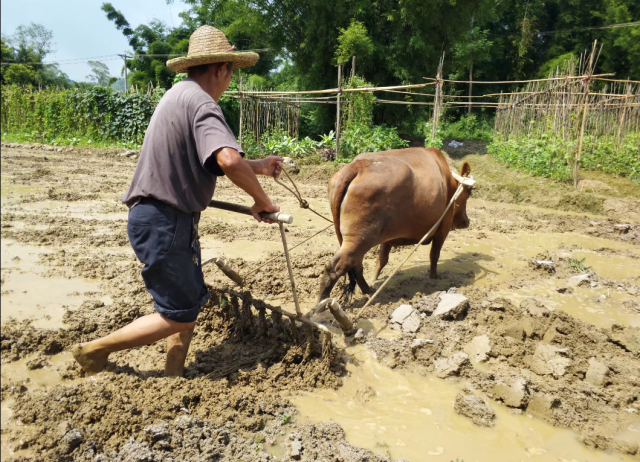
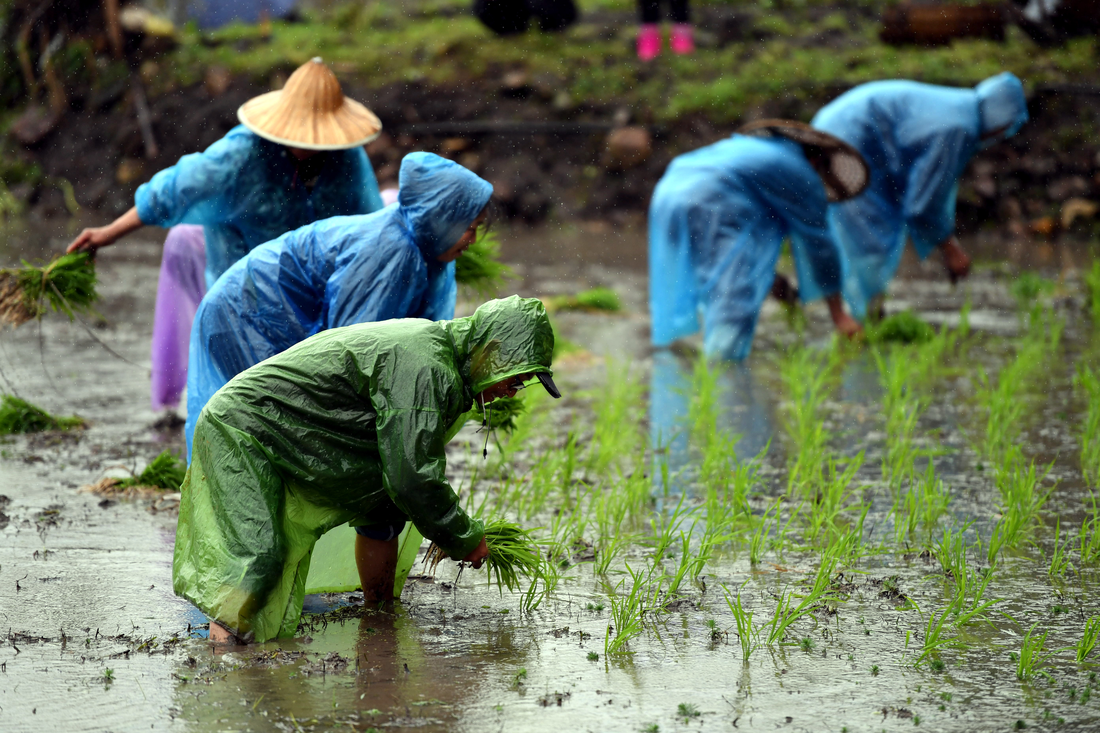
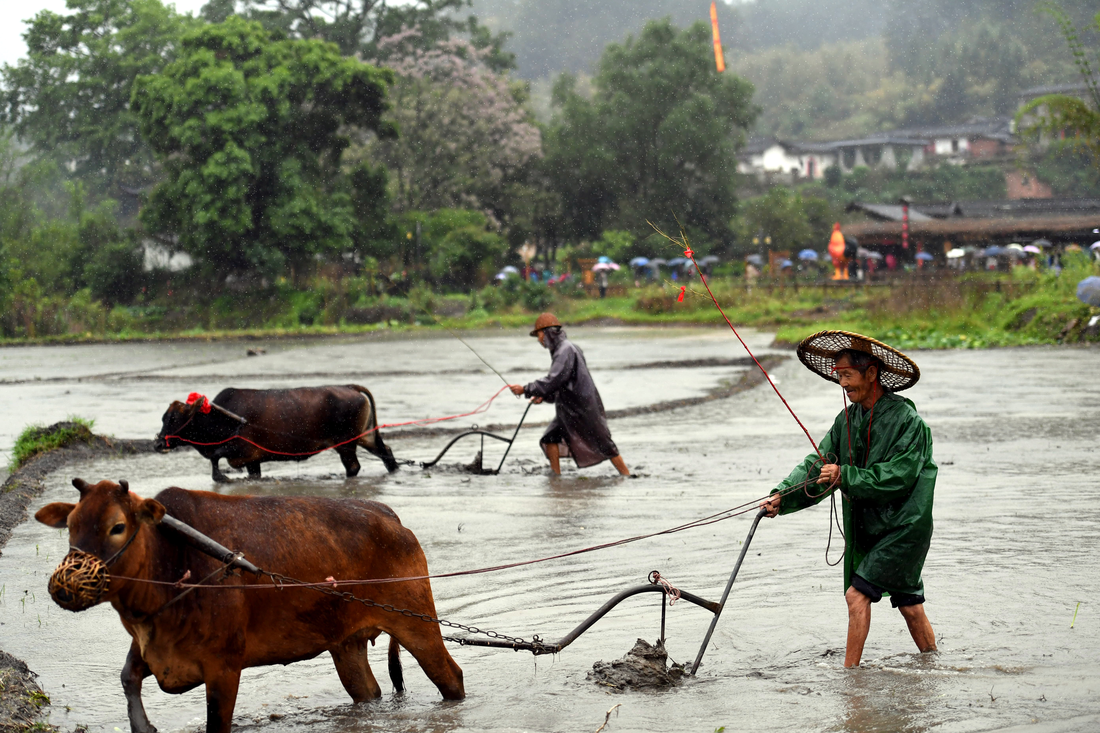
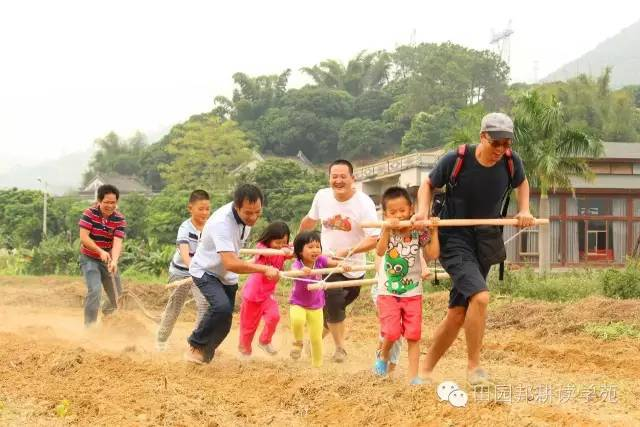
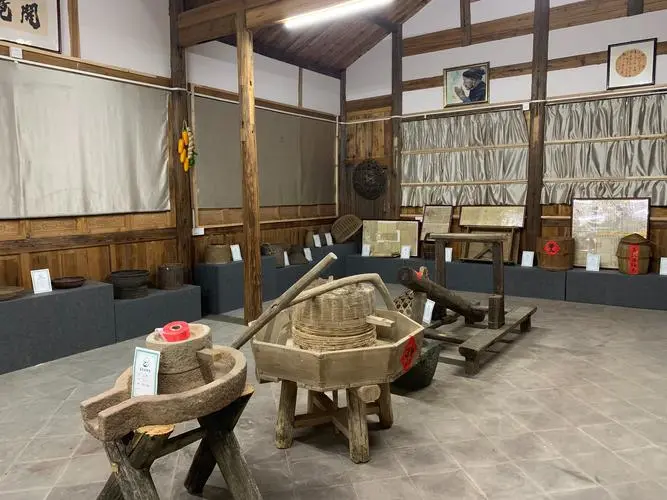
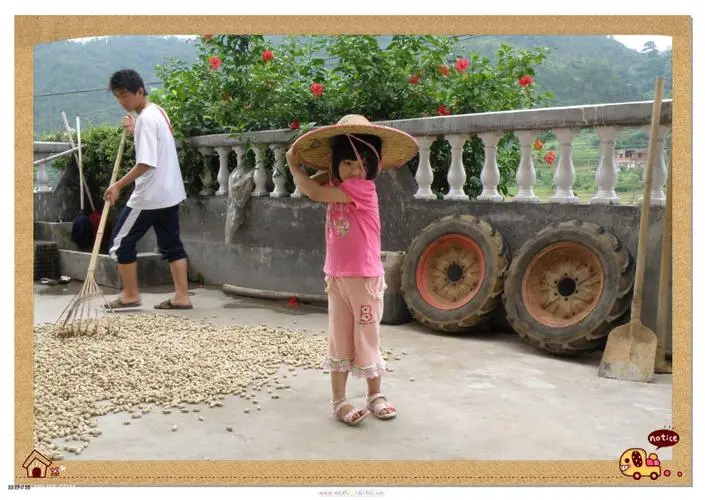
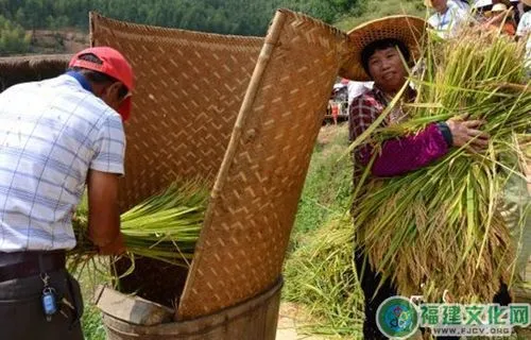
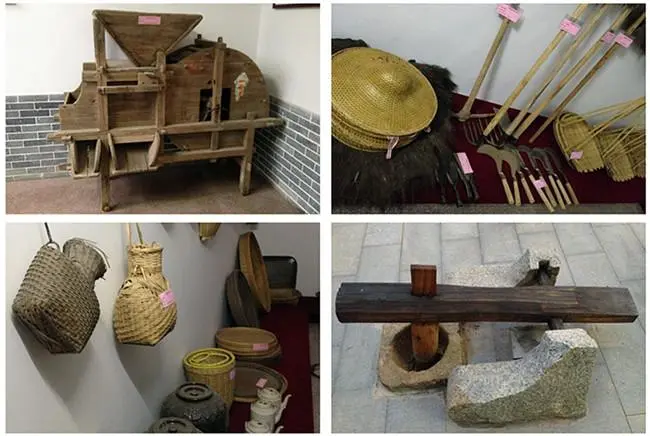
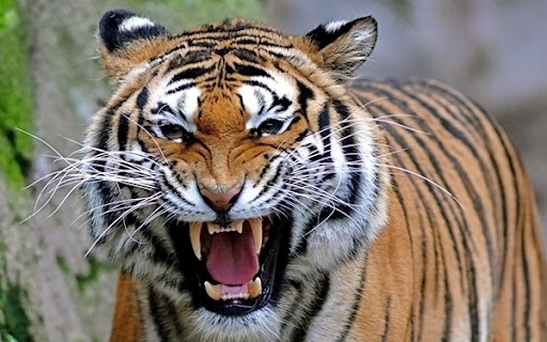
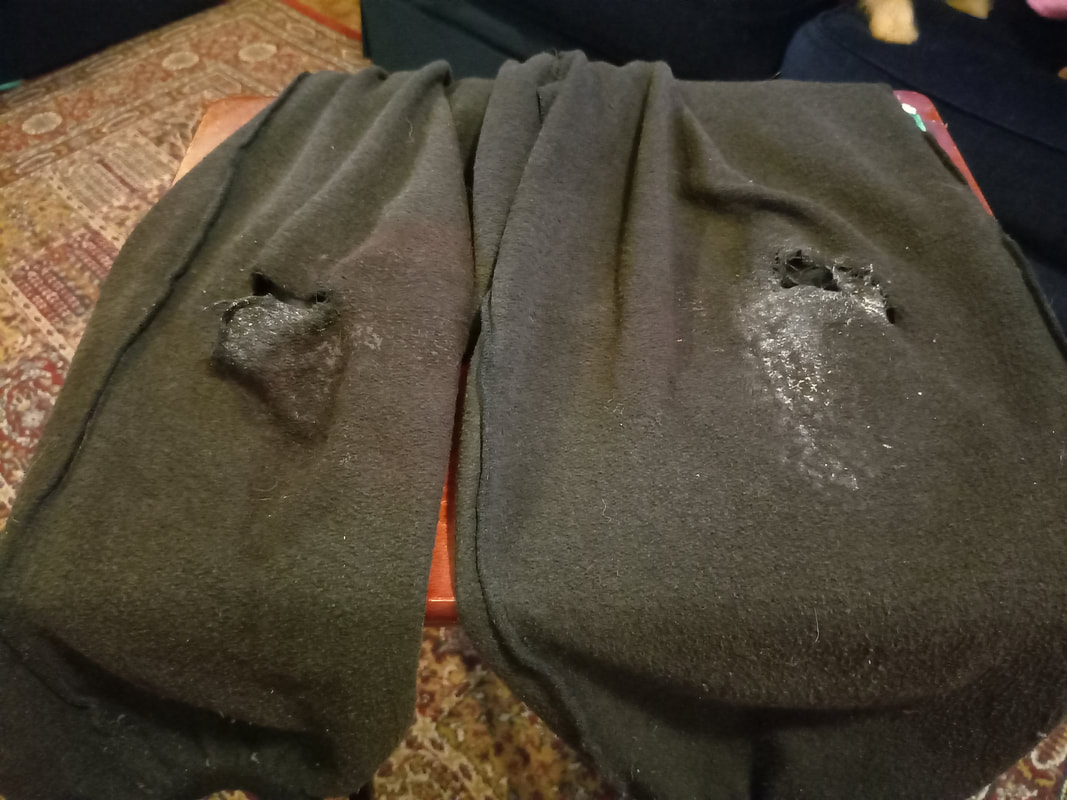
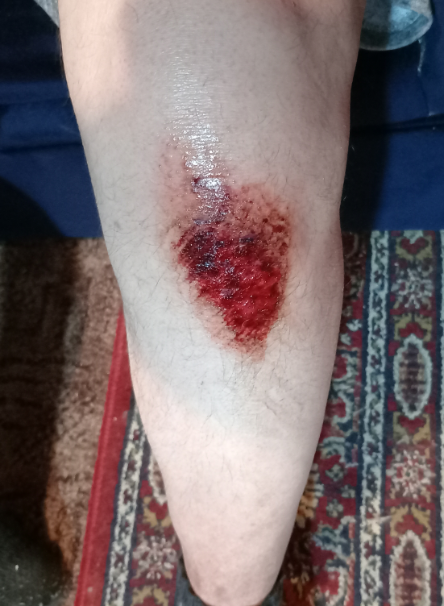
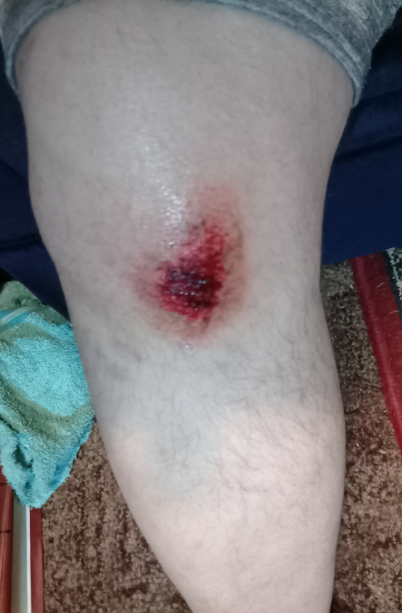


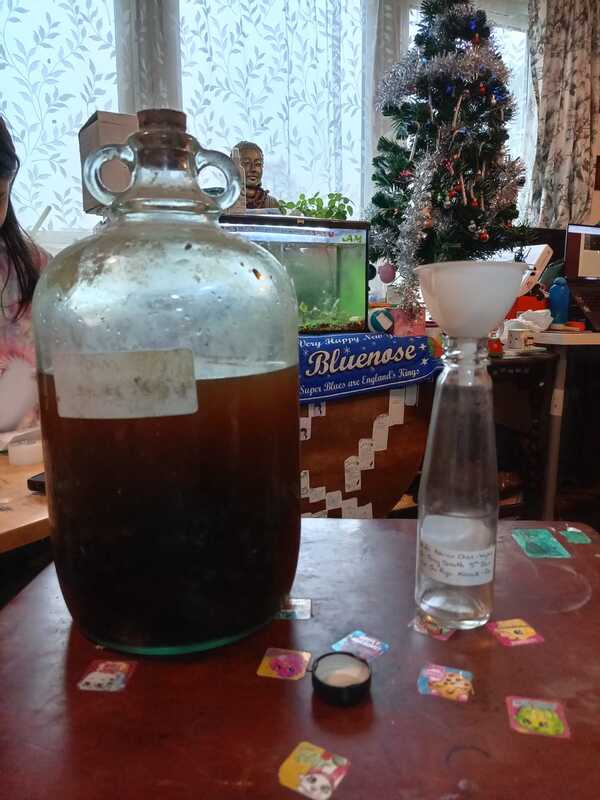
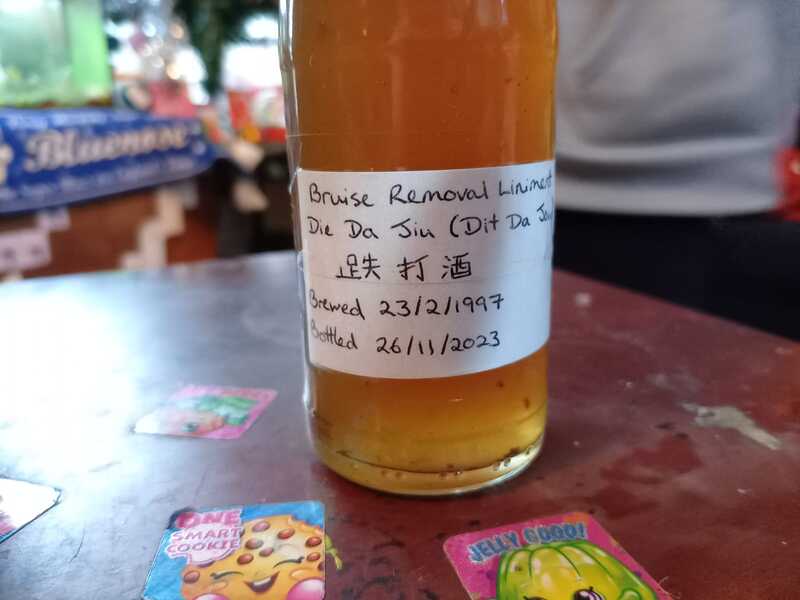
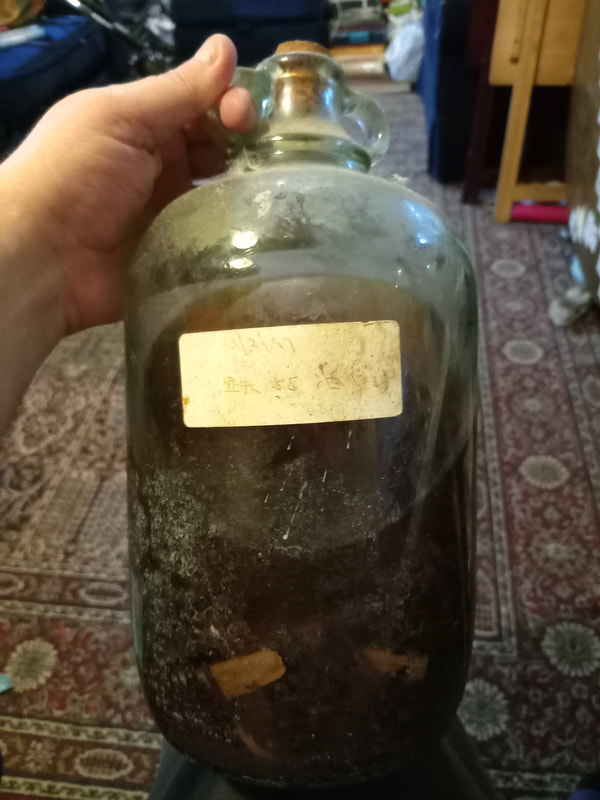
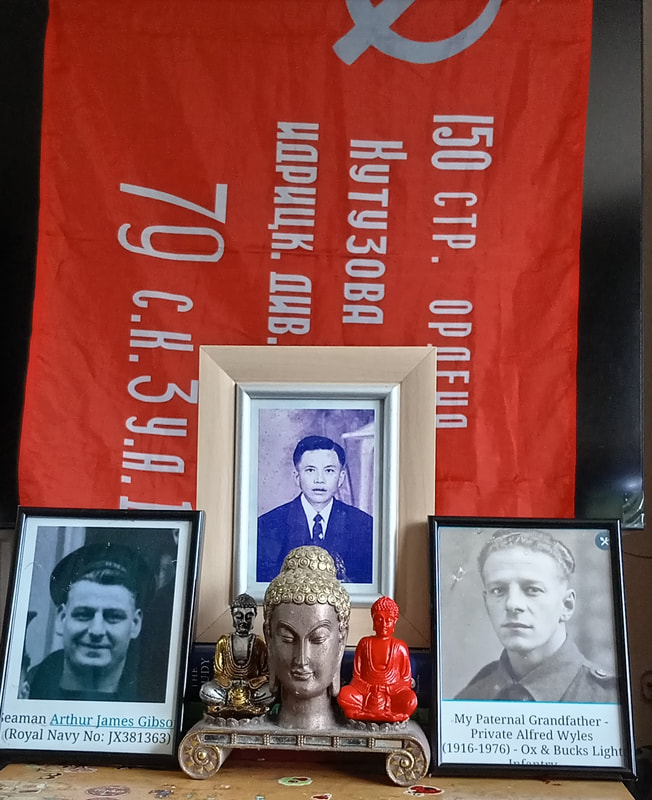
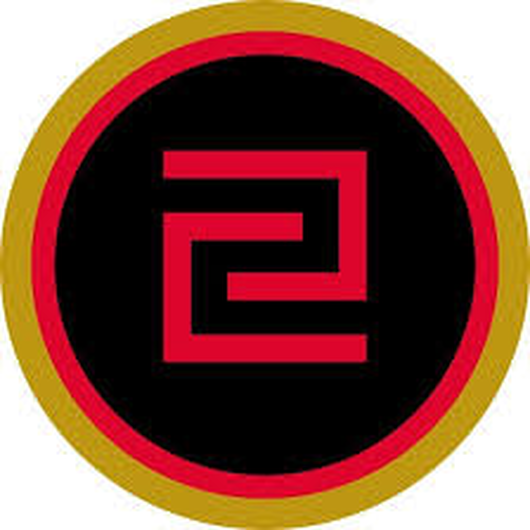
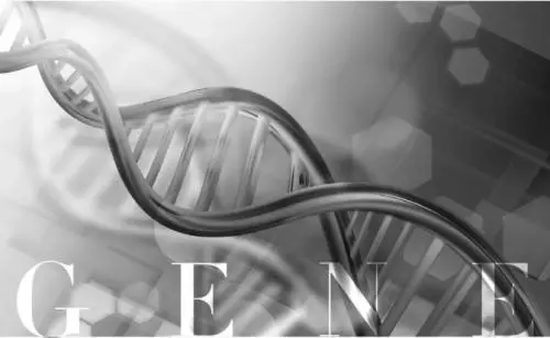
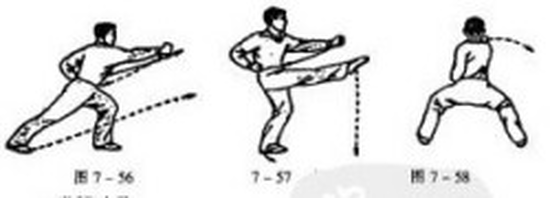
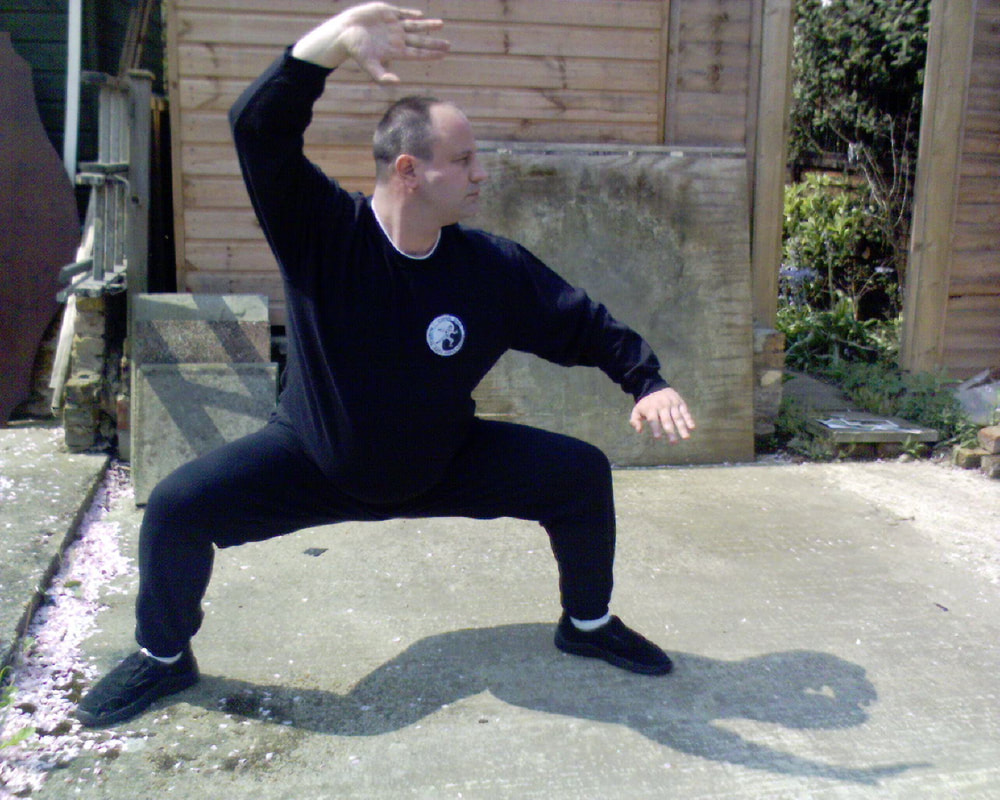
 RSS Feed
RSS Feed